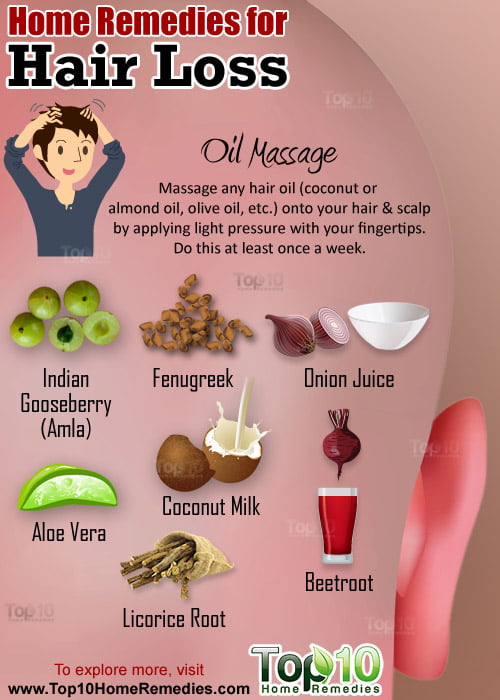
Men with hair loss could save a lot of money by going to their GP instead of a hair-loss company.
Around 70 percent of men will experience hair loss during their lifetime. Add to that the myth that a full head of hair equals virility and it’s no surprise that the hair loss industry is booming – $4 billion annually in the United States alone.
If you type hair loss treatment into Google, the options are endless. Pills and potions are just a click away. Numerous specialised doctors and private companies promise hair regrowth, but for a hefty price.
But the bald truth is this, says Dr William Douglas, a GP from Whanganui: doctors have access to the same hair regrowth drugs that hair loss companies around the world are using, but for quarter of the price.
Simply put, Kiwi men are being duped by what he says is “great marketing” and instead they should head to their local GP, who will order some blood tests, before giving them a prescription of Finasteride and advice on over-the-counter topical Minoxidil.
“It’s all about advertising, really. If the advert said bald is beautiful then it would be all different,” says Dr Douglas. “But really, you can get Minoxidil over the counter. You need to use it regularly, pretty much all the time, and then it does work.
“And the medication is Finasteride, which is a prescription medication because you are supposed to have regular checks as there can be issues with the prostate.”
Finasteride isn’t currently funded so costs around $40 for a month’s supply. And the Minoxidil can be bought from most chemists, in the form of Regaine and Rogaine, from around $30 to $50 a month. Not bad when considering that most hair loss plans charge around $450 a month.
When Aucklander Gareth Griffiths noticed he was losing hair from his crown, he used a hair loss company for 18 months. For the first year, he spent $420 a month for a tablet and lotion combination, but then decided to look into cheaper options.
“I spent just over $5000 that year on getting my hair back and it did come back, thicker than before,” he says. “But I just couldn’t afford it anymore.
“I looked online for alternatives and found a forum. All these men were saying they just went to their local doctors as they use the same stuff. I’ve been doing that for two years now, at quarter of the price and my hair is still as thick.”
Each day, we lose between 50 and 100 strands of hair and an equal number grows back when the body is ticking along happily – until genetics kicks in, that is.
Male pattern baldness, known scientifically as androgenic alopecia, is genetic. And both Minoxidil and Finesteride, or Propecia as its known in its prescription form, works as a receptor blocker for dihydrotestosterone (DHT), which shrinks hair follicles, making it difficult for them to survive.
Men have to rub Minoxidil into their head one or two times a day indefinitely, and it will take about three months to take effect. Dr Douglas warns, “If you stop using it, your hair will start falling out again.”
But many men find they get the best result when they combine it with a prescription of Finesteride, which prevents hair loss and is an oral tablet taken daily.
It was one of the first hair products on the market, back in 1992 when it was approved for use, and studies give it a 50 to 80 per cent success rate.
Those booking in with their doctor will initially have blood tests to ensure that hair loss isn’t the result of any other imbalance before being giving advice on prevention.
GPs recommend that men shouldn’t wait until they are battling hair loss to make an appointment, and instead seek guidance once they notice thinning. This is when treatment is most effective.
And for the unlucky 20 percent that see no change from the two leading drugs? Then it’s time to look into hair transplants.
Or as Dr Douglas says, “The best way and the cheapest way is to stand in front of the mirror and say, ‘I am gorgeous with what I’ve got’.”
[“Source-stuff”]

















